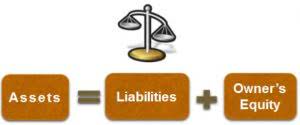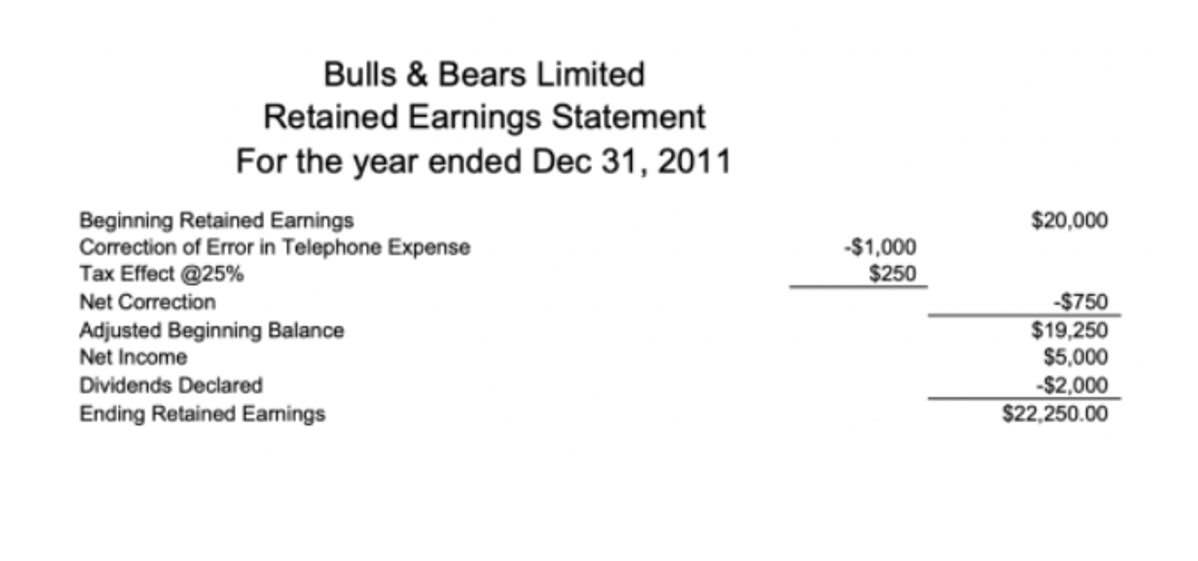Content

The two most important numbers on this statement are the total manufacturing cost and the cost of goods manufactured. Be careful not to confuse the terms total manufacturing cost and cost of goods manufactured with each other or with the cost of goods sold. Joint costs are the costs of both raw materials and conversion that cannot be separated. Joint cost allocation is the process by which joint costs are assigned to particular products produced in a process or department. The beginning work in progress (WIP) inventory is the value of goods recorded as WIP at the start of the financial year or accounting period.

This means it cost the company $230,000 to manufacture all the goods that were completed during the period. The Glass Doctors earned $25,000 in service revenues for the month of July by repairing 250 windshields. All costs shown are considered to be directly related to the repair service. Based on the data given for the two companies, determine the business type of each one. The articles and research support materials available on this site are educational and are not intended to be investment or tax advice. All such information is provided solely for convenience purposes only and all users thereof should be guided accordingly.
Change Management
To accurately estimate the https://www.bookstime.com/articles/cost-of-goods-manufactured, one must understand what factors to consider when deciding the price for producing a particular product or service and how these factors affect profitability over time. The cost of goods manufactured is covered in detail in a cost accounting course. In addition, AccountingCoach PRO includes a form for preparing a schedule of the Cost of Goods Manufactured. The beginning work in progress (WIP) inventory is the ending WIP balance from the prior accounting period, i.e. the closing carrying balance is carried forward as the beginning balance for the next period.
Thus, its cost of goods sold is comprised of merchandise that it is reselling. Learn all about the direct-to-consumer (D2C or DTC) business model and how to manage it as a modern-day manufacturer. Read about the ins and outs of the wholesale inventory management process and learn about the tools that can make your inventory control woes a thing of the past. This means that when it comes to managing your manufacturing accounting, all those numbers will already be there and ready to go. When a company produces its products, you need to have a solid system for calculating COGM. Find out three types of inventory management systems and the benefits of each.
Cost Control
COGM is thereby the dollar amount of the total costs incurred in the process of manufacturing products. The COGM formula starts with the beginning-of-period work in progress inventory (WIP), adds manufacturing costs, and subtracts the end-of-period WIP inventory balance. The Cost of Goods Manufactured (COGM) represents the total costs incurred in the process of converting raw material into finished goods.
Consider the following partially completed schedules of cost of goods manufactured. Once all of this is ready, it’s time to put together a complete schedule of Cost of Goods Manufactured and Cost of Goods Sold. Usually, timesheets and time logs are used, and the business takes the total number of hours the employees worked and multiplies these by the hourly wage rate.
Example of the Cost of Goods Manufactured
The accountant needs to calculate the cost of goods manufactured first, as it is part of the cost of goods schedule. Say, a furniture manufacturer has $100 in stock of materials at the start of the period. It is not needed for the perpetual inventory method, where the cost of individual units that are sold are recognized in the cost of goods sold.

Finished Goods Inventory, as the name suggests, contains any products, goods, or services that are fully ready to be delivered to customers in final form. Beginning and ending balances must also be considered, similar to Raw materials and WIP Inventory. If your COGM is higher than your selling price, then you aren’t making a profit on each item sold — and this can be bad news for your business. If you don’t know how much COGM you have, you won’t be able to make informed decisions about pricing or product development. If you don’t, you could lose money or even go out of business because of miscalculations and inaccurate information.
Recommended explanations on Business-studies Textbooks
The company employs eight shop floor workers – they constitute the direct labor. The sum of those three costs, i.e. the manufacturing costs, is $50 million. COGM is assigned to https://www.bookstime.com/ units in production and is inclusive of WIP and finished goods not yet sold, whereas COGS is only recognized when the inventory in question is actually sold to a customer.
- Use this information to evaluate the cost and profitability of producing and selling a product and make cost management and resource allocation decisions.
- Resources that need to be allocated in the future could be identified and budgeted accordingly based on the forecasted volumes for a given period.
- The beginning work in progress (WIP) inventory is the value of goods recorded as WIP at the start of the financial year or accounting period.
- TMC calculations only include direct material costs because they do not include indirect material or factory overhead expenses.
- If there is too little inventory, then the company may miss out on profitable sales.
- For example, if you purchase $1000 worth of raw materials but don’t sell them until six months later, you would recognize that $1000 expense in your books as cost of goods sold.
Most manufacturers strive toward minimizing the ending WIP as it frees up capital, deflates the tax burden, and crucially, makes accounting much easier. Manually finding the precise WIP value is also complicated because overhead margins, taxes, etc., need to be calculated per unfinished work orders. In practice, most modern manufacturers use MRP software with perpetual inventory systems that calculate WIP automatically and continuously. Putting the above together, the formula for calculating the cost of goods manufactured (COGM) metric is as follows.
